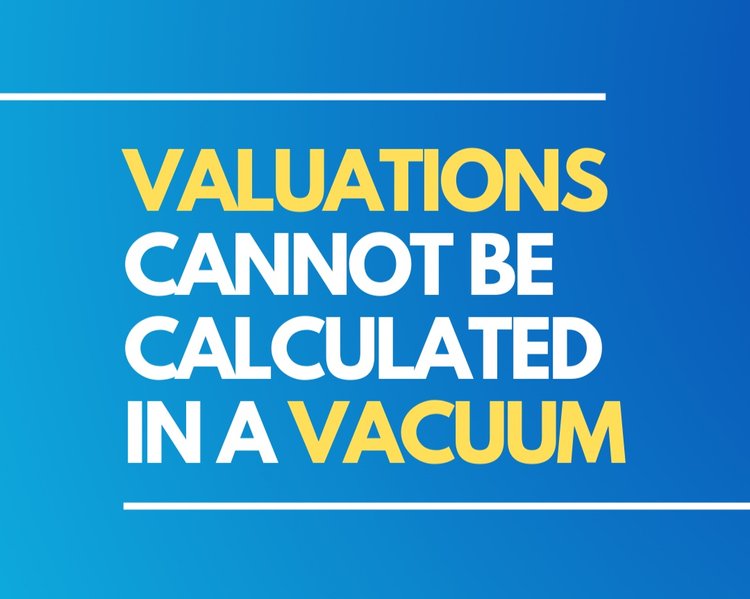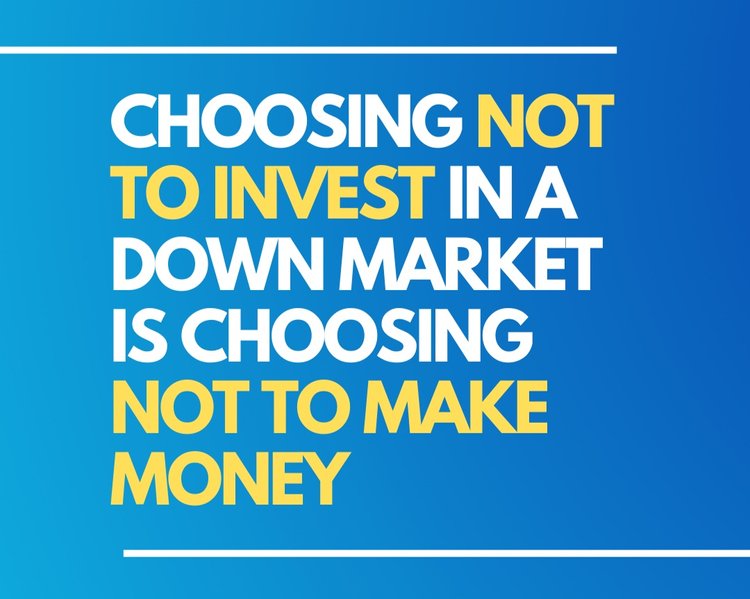We're currently facing a public market correction and we know private markets will and are starting to follow. The question is, what will the multiples normalize to? And when?

No one knows for certain, but this post is my opinion from the experiences I've had recently and in the past.
My hope is that this can be one data point, among others, that you might contemplate when forming your own opinion - which you must.
Whether you are an investor or a founder, you must form your own point of view on this topic if you hope to stay relevant in the world of venture capital.
Lastly, placing a valuation on an early-stage venture-backable company is not easy to do, even in times of normalcy. I've seen "narratives" all over the place. The most important advice that I can share, and I believe everyone will agree with, is this: Valuations cannot be calculated in a vacuum. There are many factors at play, and many conditions that make certain factors more relevant for some companies vs others. It is an art as much as it is a science.

1 - Future growth projections - MOST important thing. How high are they and do you believe they will come true? Past growth projections are certainly a validation point but they do NOT predict future growth, especially in a down market, and a new world order.
2 - Cash efficiency - Runway, burn, capital raised and future capital requirements... The lower the better. Especially now, if the company is cash positive or even EBITDA positive - This will be valued at a higher premium than it has in the recent past.
3 - Type of revenue - Is it true subscription (SaaS)? Or just subscription-like? Or some combination of SaaS mixed in with other revenue types like services, platform fees, etc. Don't make the silly mistake of placing a SaaS multiple on revenue that isn't SaaS. You'll need a framework for discounting other revenue types.
4 - LTM vs forward revenue - How should you decide which number to place the multiple on? My opinion, and most would agree, is that it should always be LTM. Unless, of course, there is some very strong evidence to show that the forward revenue is already booked, contracted, and highly likely to prove true
.5 - Revenue size category - You get a multiple bump when you hit $10M ARR. That's a different league than a <$10M ARR company, and the valuation should reflect that. This is partly because a $10M+ company is more appealing in M&A and more likely to have an exit sooner.
6 - Strong product/market fit AND management team - Without this, nothing else here matters. I almost made this the first bullet but I thought it seemed too obvious. Do not overlook this factor. If a company has fantastic founders and a killer product being sold to top tier customers with high NRR and high Gross Margins (and you believe bullet #1 - growth will continue), this can trump everything.

1 - When will the markets normalize? - Multiples will likely normalize in 12 months. Best case 6 months, worst case 18 months. But, It could take even longer...
2 - What will the multiples be when they normalize? - To me, multiples will normalize to 6-8x ARR, which is back to where they were pre-covid insanity.
3 - There will always be winners and losers in every market environment - Choosing not to invest in a down market, is choosing not to make any money. Even in down markets, the best companies will still garner the highest multiples, which could still be validated at up to a 10x in my mind. Although there will be fewer of them. And the best companies will still be acquired for high premiums.
4 - There are positives in a down market - It's not really doom and gloom. There's less dumb VC capital for investors to compete with (and therefore less silly valuations to contemplate), better and cheaper talent pools, more rational unit economics conversations which to me means more clarity on which investments are actually the good ones (less noise), faster failures for the bad companies (further weeding out the noise), less incumbents cropping up to compete, etc.
5 - Inflation - I'm least confident on this topic but it's worth throwing in the mix. I think inflationary pressures will start to ease up in Q3 and Q4 of 2022 and further in 2023 to get back to normal. Which, to me, is great because I can stop having speculative conversations about what inflation will or should do to pricing models. It will be easier to price products in 2023 and we will see less mistakes where pricing structures miss the mark, in either direction.
°°°
Time will tell if my crystal ball is working or not. At a minimum, I hope this spurs conversations on the topic and enables you to feel more confident in whatever point of view you ultimately choose.